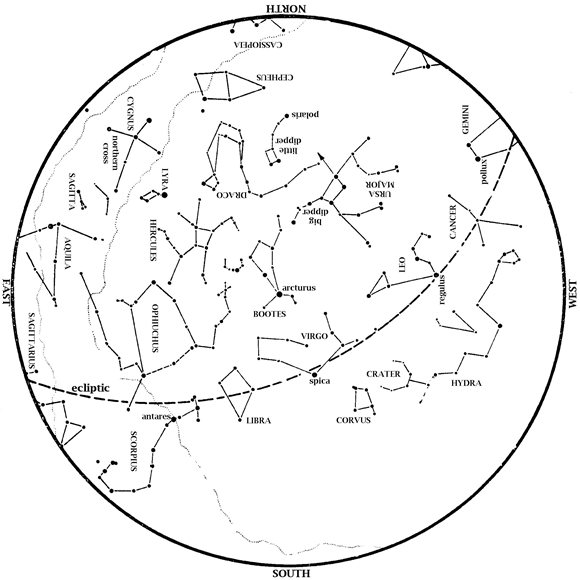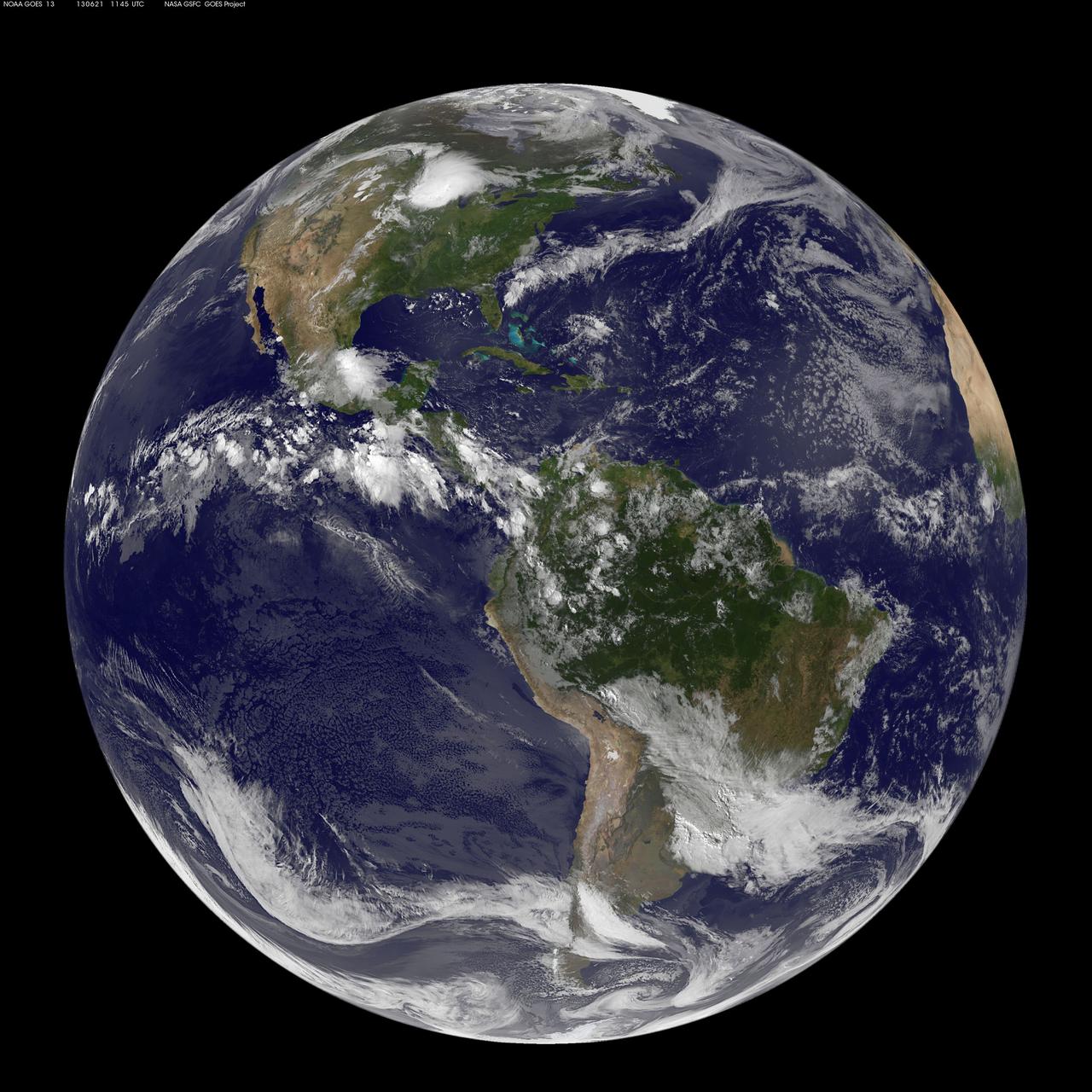Happy New Year! This January, Mars continues to fade as it drops into the Sun’s glare. It is low in the southwest at dusk.
Jupiter is now up all night long. Opposition, when Earth is directly between Jupiter and the Sun and Jupiter literally rises at sundown and sets at sunup, is Jan. 3. After that date, Jupiter only gets higher and more prominent in the evening sky. Face east/northeast at dusk and look for the brightest thing there (unless the Moon is also there), as Jupiter outshines all stars we see at night.
Venus is lower in the east at dawn than before. You can still observe it this month and next.
Saturn is a little higher in the morning sky this month. Look for it just in the south at dawn.
The Great Square of Pegasus sets in the west, while brilliant winter stars shine in the south. Orion, the Hunter, is almost due south. His two dogs, represented by Sirius and Procyon, are to his left. Above Orion is Taurus, the Bull with Aldebaran as its eye. Gemini, the Twins, are to Orion’s upper left. Jupiter, outshining all stars in the night sky, is in Taurus between Aldebaran and the Pleiades. In the north, the Big Dipper has been out of sight under the North Star for a while. In January, though, you can look for the two pointer stars, which point at the North Star, peeking over trees and houses to the north/northeast.
Moon Phases in January 2013:
Last Quarter January 4, 9:58 p.m.
New January 11, 1:44 p.m.
1st Quarter January 18, 5:45 p.m.
Full January 26, 10:39 p.m.
At 11 p.m. on Tuesday, Jan. 1, the Earth passed as close to the Sun as it will get this year. Thus, Earth is now just past perihelion. If we’re closer to the Sun now, why is it cooler (even in Houston)? Notice how low the midday Sun is right about now. Six months from now, take note of how high the Sun is in June and July. That’s what makes it so much cooler now and so hot then.
The Earth’s orbit is, in fact, almost perfectly circular; there is only a 3-percent difference between perihelion and aphelion distance. The 23.44-degree tilt of the Earth makes the Sun appear high if we tilt towards it and low if we tilt away, and dominates the small effect of Earth’s changing distance.
The latest sunrise of the year (at Houston’s latitude) occurs on Jan. 10. Earth, just past perihelion, has sped up a little in its orbit since it is a little closer to the Sun. As a result, sunrise, local noon, and sunset have been happening a little later each day since early December. The noon Sun is ever so slightly higher at noon each day since the solstice (Dec. 21), but as of today, the Sun is still very close to its solstice height. Beginning Jan. 11, the noon Sun’s greater height in the sky again becomes the dominant effect (as it is for most of the year). From then until June, sunsets are getting later while sunrises are getting earlier.
On most clear Saturday nights at the George Observatory, you can hear me do live star tours on the observation deck with a green laser pointer. If you’re there, listen for my announcement.
To enjoy the stars in any weather from the comfort of the HMNS Planetarium, click here for a full schedule.
Would you like email updates on current events in the sky, at the planetarium, and at the George Observatory? If so, send an email to astroinfo@hmns.org.








